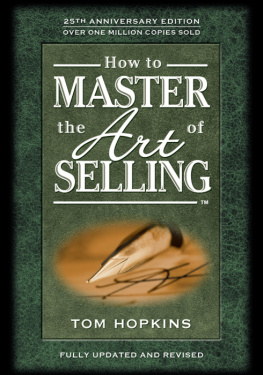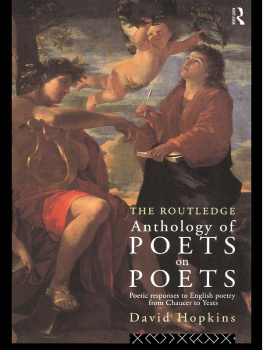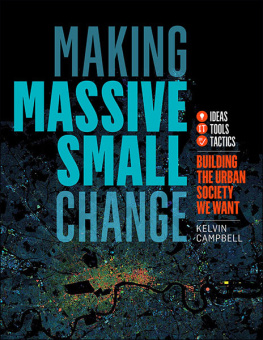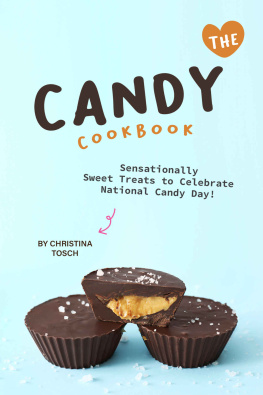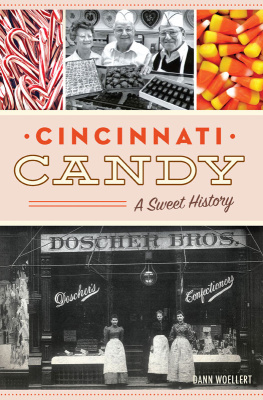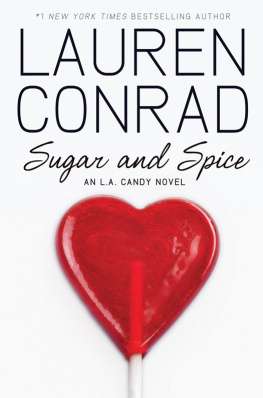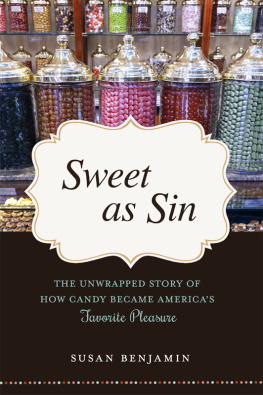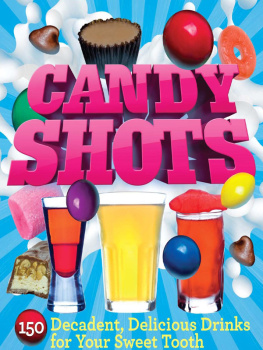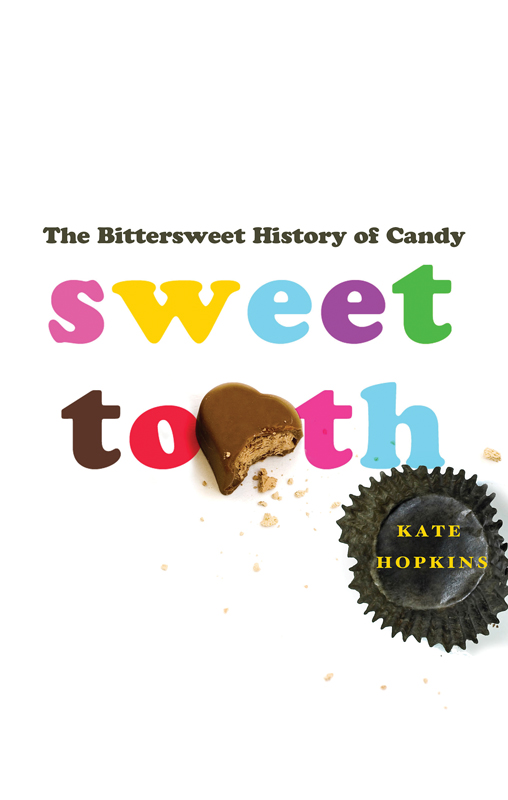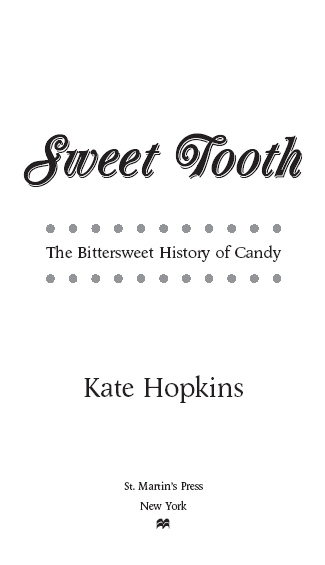
Contents
Chapter 1
The Innocence of Candy
Its odd, the memories that stay with you. I can recall being about four years old, and my parents had taken the family to a diner that was tucked back in a strip mall in the blue-collar town of Butler, Pennsylvania. I can remember one of my four siblings creating a bit of a fuss over the lack of hot dogs on the menu. I can remember the cup of coffee that my dad ordered, and the plain ceramic mug in which it was served. I can even remember the pattern of the Formica that surfaced the table.
But the event that makes the day most memorable was that this was the day I first spit out a piece of candy.
The candy itself was a Brachs jelly nougat, a smallish piece of candy that the waitress gave to each of us children while our parents drank coffee and checked the validity of the bill.
The candy perplexed me. The texture of the nougat was soft and gritty, and the jelly pieces stuck in the candy felt oddly out of place. The colors were new to me as well, with the pieces retaining either a matted pink or a dull orange after surviving whatever process the folks at Brachs had inflicted upon them. What fruits they were supposed to represent is likely unknown to all except the people who made these candies.
It was not as if I disliked the piece of candy. It was chock-full of sugar, and thus had an appeal that would raise the eyebrows of most preschoolers and test the patience of the majority of parents out there. But it wasnt chocolate. Nor was it a Life Saver, a marshmallow, or even a candy cane. It was something else.
I spat it out into my hand and looked at it. I reflected for a moment on whether it tasted good, setting aside for the time being the fact that it tasted weird. It did pass the sweetness test, so how bad could it be?
My father, of course, solved the situation, demanding that I stop playing with my food, not recognizing the moment for what it was. I was tasting nougat for the first time, and I was determining whether it was worth the effort.
It was.
What makes this scene so important in my development was that it was the first time I can remember having a surprising moment with a piece of candy. This was the first time that candy had left me intrigued.
This is what makes that moment so memorable. It wasnt that I mindlessly liked candy. It was the first time that I had formed an educated opinion about food, based on experience and introspection. Not only did I like the nougat, I liked the process that allowed me to reach that conclusion. I vowed right then and there to repeat it as often as possible. I have since had ample opportunity to accomplish this goal.
For the first dozen or so years of my life, candy was the panacea for every trial and tribulation that came my way. If I scraped my knee, my mom would be there with a Tootsie Pop. When I learned I needed glasses, my dad stopped to buy me some Bubs Daddy bubble gum. After the first day of kindergarten, Mom marked the occasion with Smarties. (These would be the compressed sugar Smarties known in the United States, not the candy-covered chocolates known to Canadians and Brits, which were closer in design to M&Ms.) Candy was something that lessened pain and made life a little more tolerable.
But it was more than just that. Candy also made appearances when life was to be celebrated. Easter, Christmas, and Halloween all came with copious amounts of sugary treats. Birthday parties held in the neighborhood ensured that each young guest received a bag of goodies. Trips to the grandparents on my mothers side promised, at the very least, rock candy, but usually something more. My paternal grandmother was not a fan of candy, and trips to her house meant little chance of a candy high, though she did have a way with cakes, cookies, and pies, so those of us who equated sugar with love were able to welcome visits to her house without fear.
In short, candy was available in good times and bad. It was the initial mixed message that was fed to my siblings and me. This environment set the table for the first few years of my life. Candy was our ambrosia. We tolerated the healthy meals of fish sticks and broccoli but counted the days to the next holiday or birthday party. Mrs. Paul could take a flying leap for all we cared, but Peter Paul was looked upon with an admiration that left him just behind Jesus and Santa Claus. Along with Dolly Madison, Peter Paul sponsored the several Charlie Brown cartoon specials that were shown throughout the year. Only later did I learn that Peter Paul was not a person, but a company, and that the wife of President James Madison had precious little to do with Zingers and Donut Gems.
Then, when I was seven, an amazing thing happened. My father instituted a practice that changed my candy life forever. He offered every one of his children an allowance. Into our greedy, grimy little hands, he placed money, with a promise of more each week. In theory, Im sure he felt he was teaching us fiscal responsibility. In practice, what we learned was thrift shopping. Why buy a twenty-five-cent Milky Way bar, when for the same price we could buy Lemonheads, Boston Baked Beans, and a three-pack of Lik-m-Aid? Making a big purchase such as a Snickers bar was deemed financially irresponsible.
Economics seemed to filter throughout our familys candy universe. At Halloween, each of us children would go off with our circle of friends, the older children dressed in costumes of their own creations, while we younger kids wore those prepackaged costumes that smelled of polyvinyl and included cheap plastic masks that chafed the face. Not that the masks mattered, because they would fall off when the cheap rubber band broke fifteen minutes after we set off on our routes. After all five of us had completed our neighborhood rounds, we would compare stashes while a parent looked on.
A currency system was soon created, and trades occurred in great haste. Our living room looked like an elementary school version of the New York Stock Exchange as our entire evenings haul littered the floor. Soon, a hierarchy of candy developed. In the middle of the value range sat the York Peppermint Pattie. Those above the York Peppermint Pattie were highly valued: Snickers and Reeses Peanut Butter Cups at the top, with 3 Musketeers and $100,000 bars close behind. Those below the pattie line were trade bait, valued more for the quantity one could collect than for the short-term indulgence of the quality candy bars that one experienced. These included Chuckles, Good & Plenty, and the worst thing one could get during the Halloween excursionsthe dreaded popcorn ball.
Kates Candy Bag
YORK PEPPERMINT PATTIE
A mint fondant thats encased in dark chocolate, the York Peppermint Pattie was created in York, Pennsylvania (hence, its name), where it was purchased by the Peter Paul company in 1972, which became the property of Cadbury in 1978, which sold the confection and recipe to Hershey in 1988. The York Peppermint Pattie was known primarily for two things: coincidentally having the same name as a character in Charles Schulzs comic strip Peanuts ; and commercials that compared the sensation of eating a York Peppermint Pattie to skiing in the alps or being trapped on a glacier. This I thought strange, for when I bit into a York Peppermint Pattie, I got the sensation of eating chocolate right after brushing my teeth.
Candy Exchange Rate:
1 York Peppermint Pattie = 1 York Peppermint Pattie
We were sure it was no coincidence that those who gave away these lame treats were childless. When popcorn ball givers walked the streets of our neighborhood, children would look upon them as if they were extras from Village of the Damned. These miscreants wouldnt escape our suspicion until the next Halloween, when inevitably they changed from popcorn balls to chocolates or their porch lights were no longer lit.




